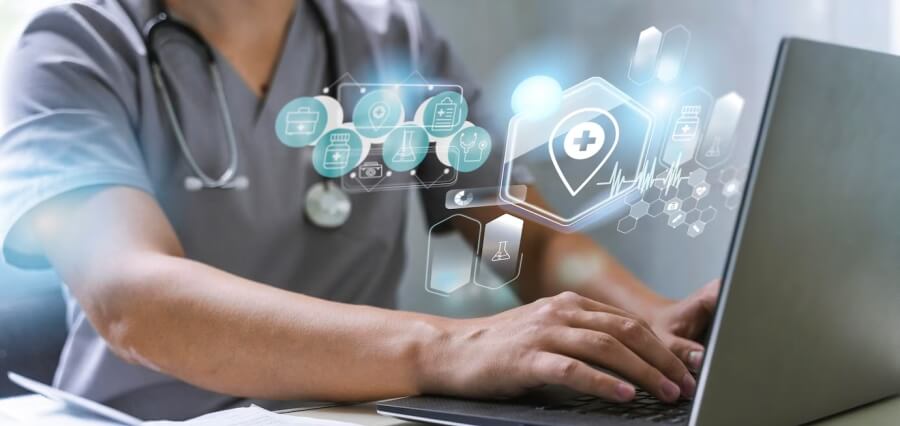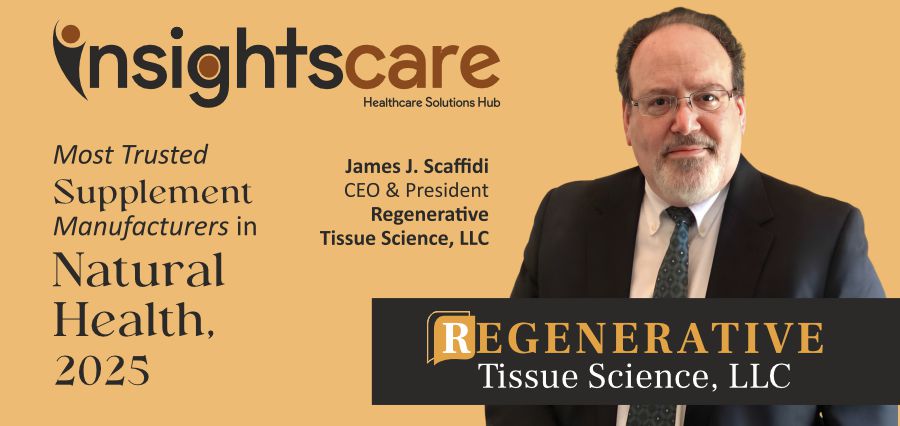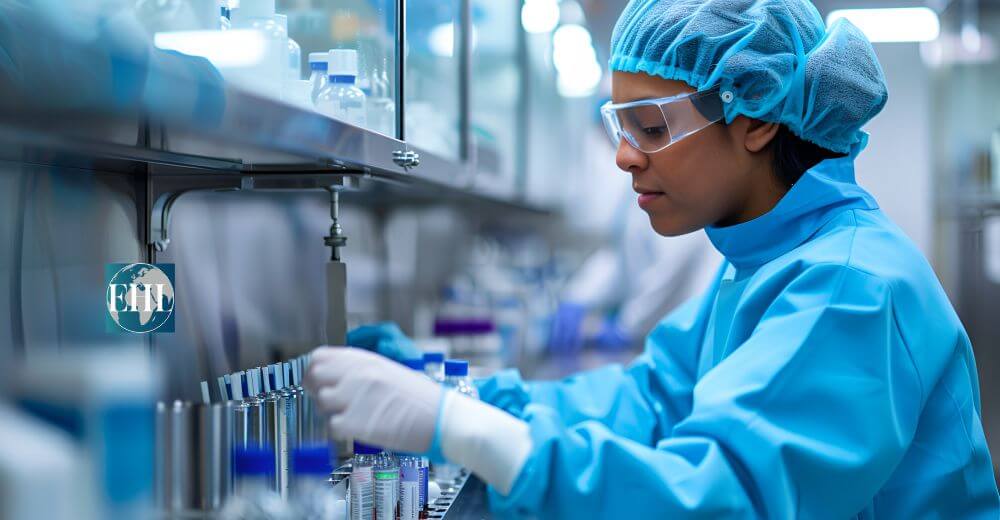Sneak Peek
Real-Time Location System (RTLS) technology has emerged as a game-changer in the healthcare industry, offering unprecedented visibility and tracking capabilities. By leveraging RTLS, healthcare institutions can streamline operations, enhance patient safety, optimize resource utilization and improve overall efficiency.
Let’s take a sneak peek into the various applications and benefits of RTLS in healthcare.
Asset Tracking and Management
One of the primary applications of RTLS in healthcare is asset tracking and management. Medical equipment, such as wheelchairs, infusion pumps and specialized devices, is essential for patient care but often prone to misplacement or theft. RTLS enables real-time tracking and monitoring of assets, allowing healthcare providers to locate equipment quickly, reduce downtime and optimize asset utilization. By eliminating the time wasted searching for equipment, staff can focus more on patient care, improving outcomes.
Patient Flow Optimization
RTLS plays a crucial role in optimizing patient flow within healthcare facilities. It enables the tracking of patients throughout their journey, from admission to discharge. By deploying RTLS tags on patient wristbands, healthcare providers can monitor the movement of patients, identify bottlenecks and streamline workflows. This real-time visibility allows staff to anticipate patient needs, allocate resources efficiently and reduce wait times. As a result, patients experience smoother transitions between different departments, enhancing their overall satisfaction.
Staff Safety and Security
Ensuring the safety and security of healthcare staff is of utmost importance. RTLS provides valuable tools to enhance staff safety within healthcare facilities. Panic buttons equipped with RTLS technology can be assigned to healthcare workers, allowing them to call for immediate assistance in emergencies or threatening situations. RTLS enables the real-time location tracking of staff members, ensuring a swift response during critical events. This feature is particularly crucial in high-stress environments like emergency departments or psychiatric wards, where the risk of violence or aggression is higher.
Infection Control
In healthcare settings, infection control is a top priority. RTLS can assist in maintaining a safe and hygienic environment by monitoring hand hygiene compliance and ensuring the proper use of personal protective equipment (PPE). RTLS-enabled hand hygiene systems can track and remind healthcare workers to sanitize their hands at designated hand hygiene stations, reducing the spread of infections. Additionally, RTLS can alert staff when they enter or leave restricted areas without wearing the required PPE, further minimizing the risk of cross-contamination.
Workflow Optimization
Efficient workflow is crucial for healthcare institutions to deliver high-quality care. RTLS enables real-time monitoring of patient movements, staff availability and resource utilization. This data allows healthcare providers to identify workflow inefficiencies, eliminate bottlenecks and implement process improvements. For example, RTLS can analyze patient wait times at different stages of care delivery and provide insights to optimize scheduling, resource allocation and staff deployment. By streamlining workflows, healthcare organizations can enhance productivity and deliver timely patient care.
Patient and Family Engagement
RTLS technology can also enhance patient and family engagement in healthcare. With the help of RTLS-enabled interactive displays or mobile applications, patients and their families can access real-time information about their care journey. This includes updates on appointment schedules, location-based guidance within the facility, and personalized notifications. RTLS-powered patient engagement solutions promote transparency, improve communication and empower patients to actively participate in their care process.
Research and Data Analytics
The wealth of data collected through RTLS in healthcare settings provides a valuable research and analytics resource. The data captured by RTLS systems can be analyzed to identify trends, patterns and correlations that can contribute to evidence-based decision-making and process improvements. This information can be used to optimize resource allocation, predict patient flow and identify opportunities for cost savings. RTLS data can also facilitate retrospective analysis, enabling healthcare organizations to evaluate the effectiveness of interventions and drive continuous improvement.
Temperature and Environmental Monitoring
Maintaining appropriate environmental conditions, such as temperature and humidity, is crucial for preserving the quality and safety of medications, vaccines, blood products, and other sensitive healthcare supplies. RTLS can integrate with temperature and environmental monitoring systems to provide real-time data on storage conditions. This ensures that critical items are stored within the required temperature range, minimizing the risk of spoilage or compromised efficacy. In the event of temperature deviations, RTLS can trigger alerts, allowing staff to take immediate corrective actions and prevent potential harm to patients.
Fall Prevention and Patient Safety
Falls are a significant concern in healthcare facilities, particularly among elderly or vulnerable patients. RTLS can help mitigate the risk of falls by monitoring patient movement and alerting staff when a patient approaches a restricted area or leaves a designated safe zone. By providing real-time notifications, RTLS enables timely intervention and assistance, reducing the likelihood of falls and related injuries. This proactive approach to fall prevention enhances patient safety and reduces the burden on healthcare providers.
In conclusion, RTLS technology transforms healthcare by offering real-time visibility, tracking, and analytics capabilities. From asset tracking and patient flow optimization to staff safety and infection control, RTLS provides a wide range of applications that enhance patient care, streamline operations and improve overall efficiency. As healthcare institutions continue to embrace digital transformation, RTLS will undoubtedly play a pivotal role in shaping the future of healthcare delivery.









